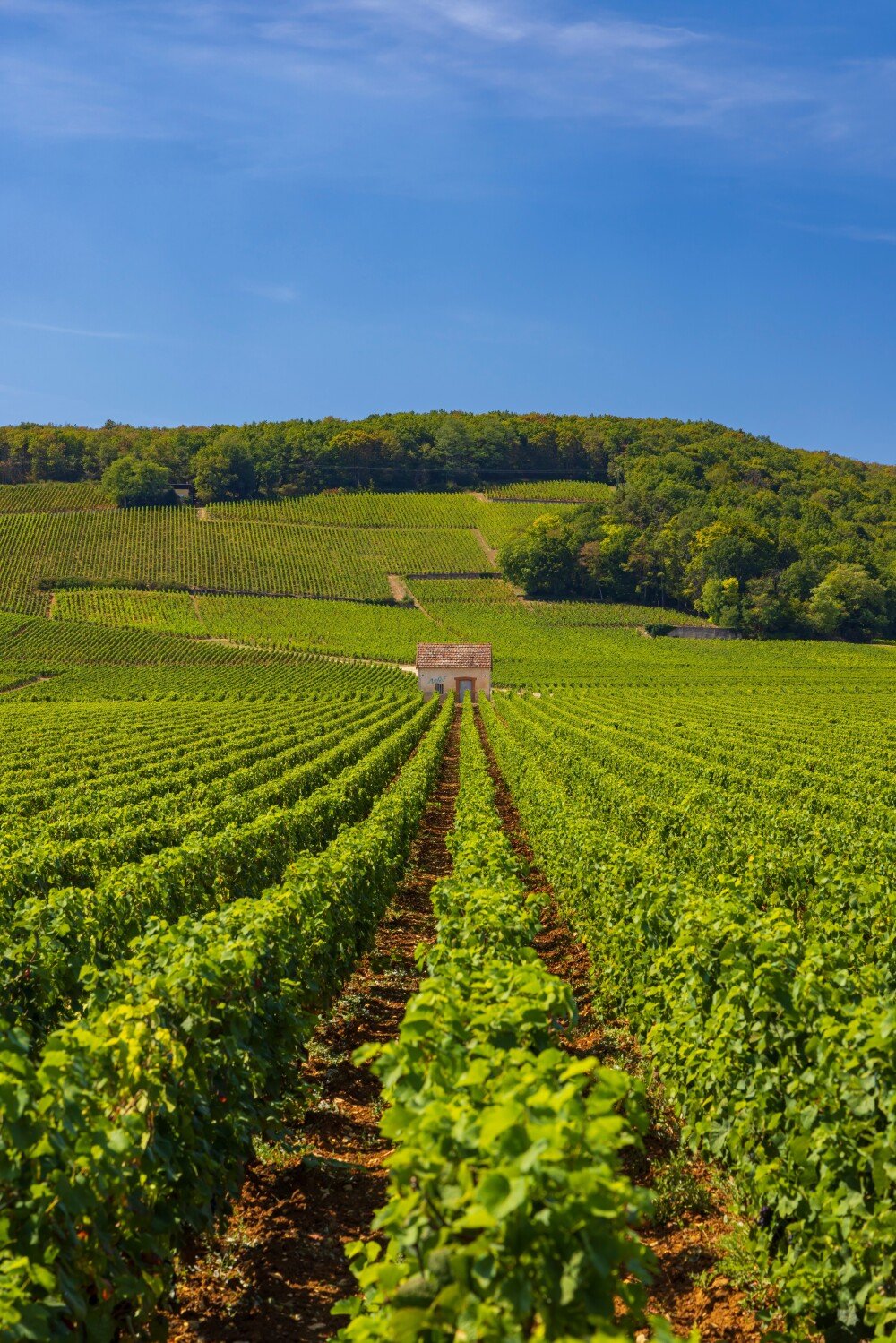Superlatives are easy to come by when it comes to wine. They are the best way to market wines of any quality and colour. But there are also superlatives in the wine sector that have grown historically and are therefore more than deserved.
The Clos de Vougeot on the Côte d'Or north of Beaune (Cote de Nuits) has a few superlatives to its name. With a vineyard area of just under 51 hectares, it is the largest Grand Cru in Burgundy. It is also the largest Clos (a vineyard surrounded by a stone wall) in the world. And it is also mankind's first experimental vineyard. These are almost superlatives of superlatives. But all three have actually grown historically.
Many of the best wines worldwide are Burgundy wines, amongst others from Clos de Vougeot. Because which fine wine aficionada doesn't know the domaines of Faiveley with its high scoring Clos de Vougeot, Domaine d'Eugenie, formerly known as Rene Engel, Jean Grivot and Laurent Ponsot from the famous Domaine Ponsot? Just to name a few.
Let's take a closer look.



